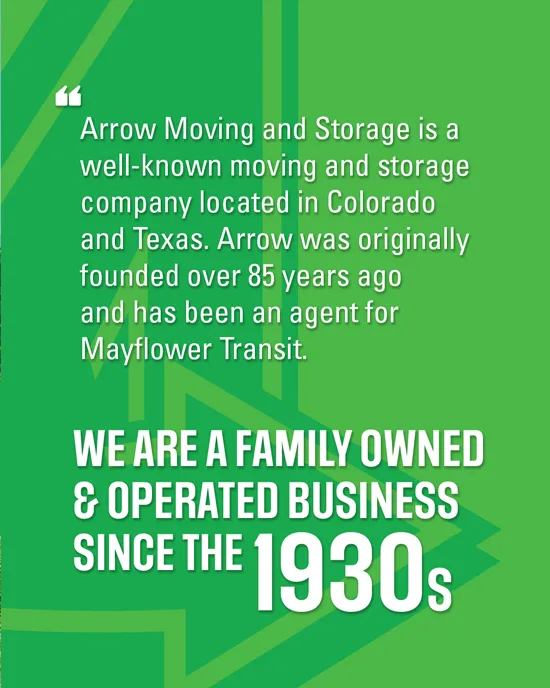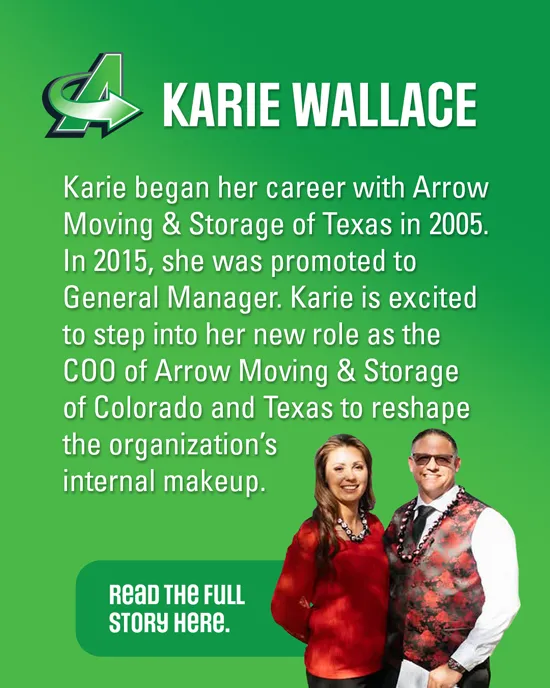Are you preparing to move soon? Perhaps you are getting your home ready to put on the market, but is your home ready?
You may not realize it, but the bathroom is one of the most important rooms in the house when selling your home. Is yours ready? Maybe your tired bathroom could use a little sprucing up, staging, or updating.
Updating your bathroom doesn’t mean a total overhaul. If your bathroom is looking a little dated, you don’t necessarily have to invest thousands of dollars. Instead, give it a refresh. There are ways to make adjustments to turn a tired bathroom into a revived room to sell your home.
Here are some tips.
1. Add a splash of color
Giving an old bathroom a bright splash of color can do wonders for its appearance. A few good accents include a new bath rug, shower curtain, and matching towels. If you have windows, hang some new curtains. Convert a tired wood vanity into a brand new one by applying a new paint color to complement the other additions.
2. Install new hardware and fixtures
Worn out hardware and bath fixtures can give a bathroom an overall dingy appearance. Try the following suggestions:
- Swap out your vanity’s cabinet door handles and drawer pulls with new hardware.
- Install a modern sink faucet to give the sink an updated look.
- Change out the tub’s faucet and add a modern shower head.
- Add new matching towel racks and toilet paper holder.
These small adjustments can completely change the look and feel of your bathroom, essentially giving it some eye-catching features.
3. Replace outdated lighting
Many bathrooms have lighting that not only dates a bathroom but is inefficient. Replace any glass vanity covers with a modern style, such as cracked glass or alabaster frosted glass. If you can afford to go a little bigger, try adding something slightly more dramatic, such as chandelier or pendant lights. Make it bright. Choose bulbs with simulated natural light.
4. Add fresh paint
A new coat of paint can do wonders. If you have tired wallpaper, buy a wallpaper steamer (these can be purchased online for about $50) and spend an afternoon taking it down. Once you sand down any rough spots, you’ll be ready to give the bathroom an entirely new look or just neutralize it.
Are you not wanting to remove the wallpaper or do a complete paint job? Give the medicine cabinet, bathroom door, shelving, or the foot molding some bright white paint to draw the eye away from any old tile or wallpaper.
5. Deep clean everything
Make sure you scrub the bathroom before your open house and showings. Nothing is worse than mildew, scum, and hair in and around the sink, tub, and toilet. Prospective buyers want everything to feel fresh and clean!
PRO TIP — When getting your home ready for an open house or showing, remove all medications and toiletries, add some fresh flowers, and make sure the toilet seat is down.
Moving Help
Freshening up bathrooms can be an expensive job, and many people find it cost-prohibitive. Instead, look for smaller ways to add function and character. A little flair can go a long way towards sprucing up outdated bathrooms to get your home sold.
Are you looking to relocate? Call us today to learn more about our services. Check out our blog for other essential tips about moving.





